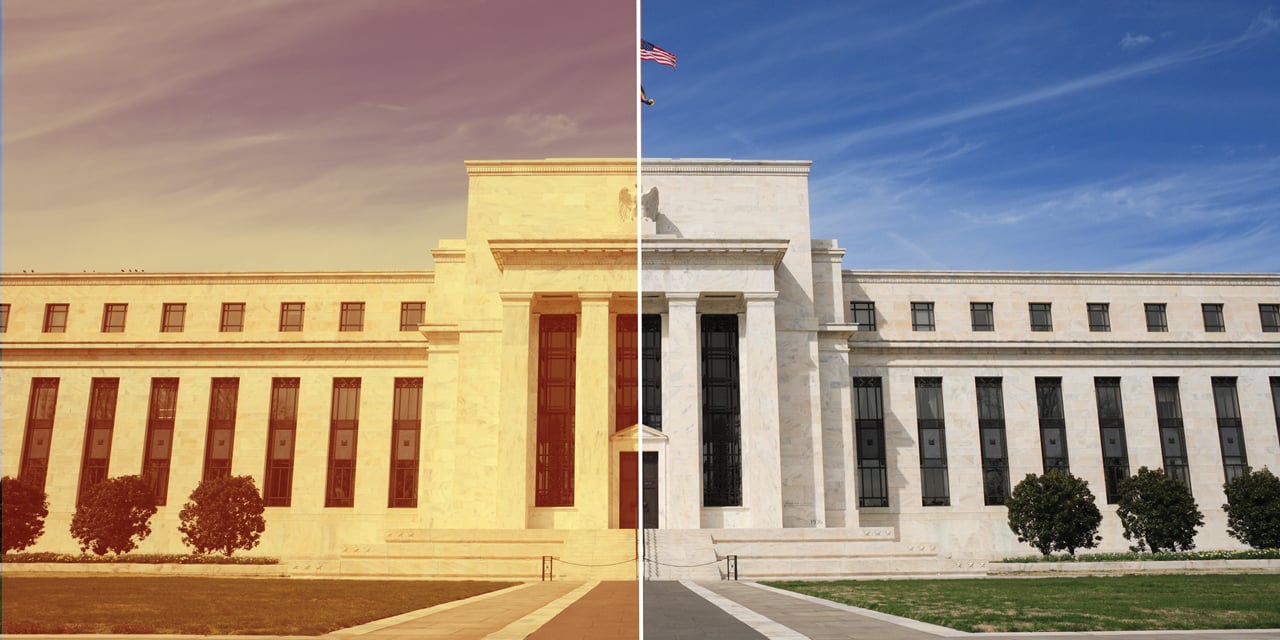
Wealth Management Mailbag: 2023 Outlook
In our Wealth Management Mailbag, our experts answer your most pressing questions on financial planning and the stock market. In this issue, Investment Strategy Analyst Ross Mayfield and PWM Market Strategist Mike Antonelli share their thoughts on lessons from the year that was and what to look for in 2023.
What lessons should investors take from 2022?
Answered by Mike Antonelli, PWM Market Strategist at Baird
As this year winds down and we look forward to sharing holidays with family and friends, it’s worth looking back on a chaotic 2022 and asking what lessons we learned. As it turns out, there are several, but here are my Top 5.
- Bear markets happen. I’m 48 years old, and this is my seventh bear market as an adult. They happen – a lot. In fact, you can expect roughly two bear markets every decade for the rest of your life. But you have to survive them if you want to reap the benefits of bull markets.
- With bear markets come financial setbacks.There is no strategy, no level of sophistication, that will guarantee you will never experience a setback while investing. As much as we might wish it weren’t so, avoiding drawdowns while remaining invested in the stock market is just short of impossible. What matters is how you deal with setbacks when they arrive.
- Things can change quickly – way more quickly than we think. For the better part of a decade, we had zero-percent interest rates and low inflation. That changed instantly in 2022 – and the vast majority of people were caught off-guard, struggling to understand why it was happening. 2021 was one of the best years ever to be an investor, and 2022 is one of the worst. It happened that fast. But as Ross mentions below, bull markets can appear just as quickly.
- Stocks aren’t the only investing vehicle. We’ve heard for years that there’s no yield for cash: Zero-percent rates punished savers and essentially forced them into stocks. But after the Fed hiked interest rates substantially in 2022, suddenly there are attractive opportunities in bonds. So my question for you: Are you taking advantage of all the investment vehicles available to you outside of just stocks?
- Investing will never be easy – because we’re human. The second-best bull market of all time ended in 2022 – an incredible decade to grow and compound wealth. Yet investors are miserable because a bad 10 months feels worse than a good 10 years. That’s why this is all so hard – greed and fear are timeless. To quote billionaire investor Seth Klarman, “The stock market is the story of cycles and of the human behavior that is responsible for overreactions in both directions.”
What are you anticipating for 2023?
Answered by Ross Mayfield, Investment Strategy Analyst at Baird
As our own Mike Antonelli wrote in 2021, “market outlooks in January are as common as resolutions and usually just as impactful (i.e., not).” The smartest investors know what they don’t know – and that includes “what’s going to happen in the future?” Still, there is value in taking stock of things as they stand today and evaluating what conditions we might want to see for a new bull market to take root.
It all starts with inflation. This has been the rare year where both stocks and bonds have plummeted as soaring inflation triggered a spike in interest rates. (The Federal Reserve will often raise rates in an effort to curb inflation.) To see a shift in markets, inflation needs to continue to come down, and the Fed needs to be less aggressive with interest rate hikes as a response. If inflation falls as the economy slows and supply chains normalize, the Fed can ease off the gas, which would be a positive development for stocks. But if inflation proves stickier due to a still-hot labor market stoking wage growth, the Fed may have to raise rates further than hoped. The good news is that inflation does look to be cooling. The question is just when and where the Fed feels comfortable pausing – and do we fall into recession in the meantime.
There are plenty of other big questions lingering (Will earnings hold up? Will the consumer remain resilient? Will Russia-Ukraine de-escalate or re-escalate?), and all of them are important. But first and foremost, inflation must come down meaningfully and remain anchored there. It seems simple, but without that first step, it is difficult to see a path to the next bull market.
Speaking of which, one last point on bull markets: Throughout history, sustained rallies have often begun when the economic picture was near its worst, and the market often turned considerably higher by the time investors received the proverbial “all-clear.” With more economic weakness likely ahead (after all, that is the point of the Fed raising rates), it’s worth remembering that markets have a history of bottoming before the economic data would suggest they should.
For more insight into managing wealth, be sure to check out our articles on bairdwealth.com and the latest issue of Digest. Your Baird Financial Advisor is also available and ready to answer any questions you have.
The information offered is provided to you for informational purposes only. Robert W. Baird & Co. Incorporated is not a legal or tax services provider and you are strongly encouraged to seek the advice of the appropriate professional advisors before taking any action. The information reflected on this page are Baird expert opinions today and are subject to change. The information provided here has not taken into consideration the investment goals or needs of any specific investor and investors should not make any investment decisions based solely on this information. Past performance is not a guarantee of future results. All investments have some level of risk, and investors have different time horizons, goals and risk tolerances, so speak to your Baird Financial Advisor before taking action.


